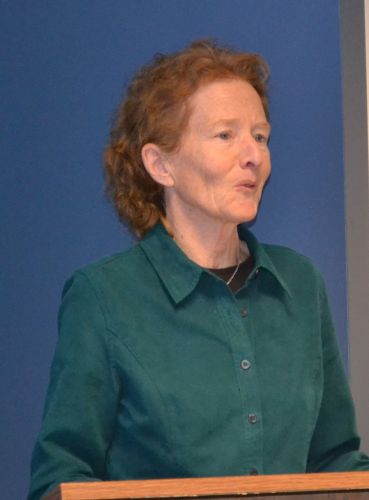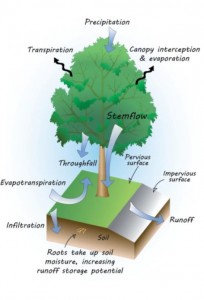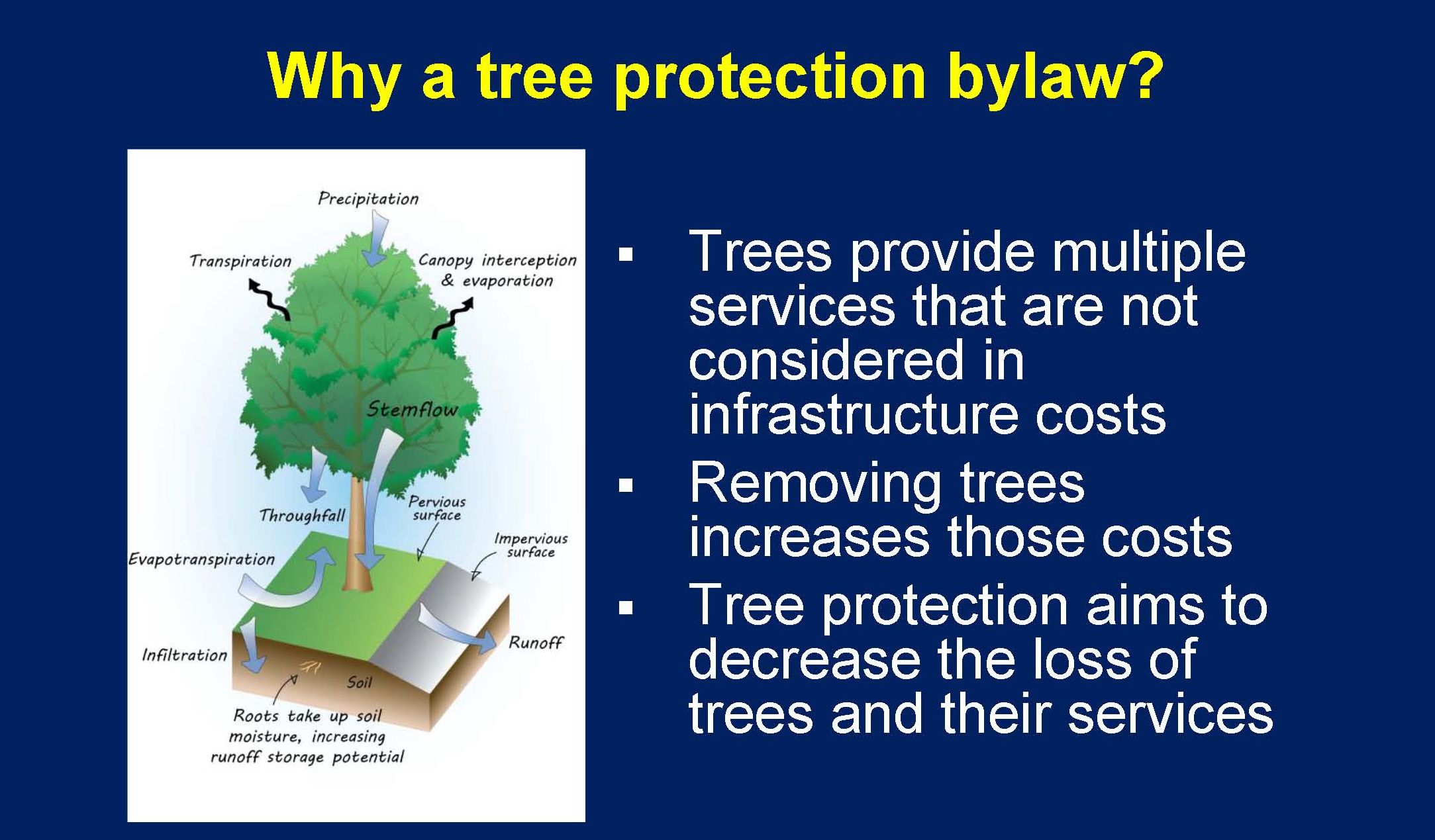YOU TUBE VIDEO: "Local governments can build a strong financial case for protecting, preserving and replanting trees as service providers," stated Judith Walker, Village of Cumberland planner
Note to Reader:
Inspired by the work of the Bowker Creek Initiative in the Capital Regional District, “A Guide to Water-Wise Land Development in the Comox Valley” was initiated in 2012, showcased in 2014 and completed in 2015.
 A Joint Staff Workshop hosted by the Comox Valley Regional District in December 2015 commenced the formal rollout of this guidance document by the Comox Valley-CAVI Regional Team (CAVI is the acronym for ‘Convening for Action on Vancouver Island’).
A Joint Staff Workshop hosted by the Comox Valley Regional District in December 2015 commenced the formal rollout of this guidance document by the Comox Valley-CAVI Regional Team (CAVI is the acronym for ‘Convening for Action on Vancouver Island’).
View the YouTube video below (6 minutes) to listen to the remarks of Judith Walker, a member of the Comox Valley-CAVI Regional Team. She is the Planner with the Village of Cumberland.
TO LEARN MORE: Click on Tree Protection Bylaws to download a PDF copy of the PowerPoint presentation by Judith Walker, and follow along as she elaborates on key messages.
Selected Tools to Achieve Watershed Goals in the Comox Valley
“The Water-Wise Guide identifies strategies and tools to achieve watershed goals,” stated Nancy Gothard, Environmental Planner with the City of Courtenay, when she explained the Water-Wise Guide.
“ Six tools are described, including Tree Protection Bylaws. These are used to reduce the number of trees unnecessarily removed or damaged from a site and can require replacement trees be planted when trees are removed. Regulations ensure that neighbouring trees are protected during construction.”
Six tools are described, including Tree Protection Bylaws. These are used to reduce the number of trees unnecessarily removed or damaged from a site and can require replacement trees be planted when trees are removed. Regulations ensure that neighbouring trees are protected during construction.”
“Trees provide many benefits including beauty, shade, habitat and rainfall interception and storage.”
Tree Protection in the Comox Valley
“We talk about Tree Protection Bylaws, but it really is about Tree Protection,” continued Judith Walker. “It isn’t only through bylaws that tree protection can occur. Environmental development permits are another tool, and this is available to the CVRD. Currently Comox and Courtenay do have tree protection bylaws. Courtenay’s bylaw is under review, while Cumberland’s is in process.”
“Only recently have we started to actually account for the economic value of the benefits provided by trees. There is considerable literature available on this‐ especially under ‘sustainable asset management’. By calculating the value of the services provided by trees, local governments can build a strong financial case for protecting, preserving and replanting those service providers.”
What Infrastructure Services?
Judith Walker presented a number of statistics to underscore the services provided by trees:
- 5% tree cover increase = 2% rainwater runoff decrease
- reduction in summer surface temperature due to tree shade = 10 to 25 more years of life for asphalt pavement
- forests can infiltrate 31cm per hour of rainwater whereas a lawn only infiltrates 1/3 of that, and pavement, none
- one deciduous tree can intercept 2.5 cubic metres of rainfall and a mature evergreen can intercept 15 cubic metres per year
“And just like pipes in the ground, trees do take maintenance, so we can’t just walk away from nature. But over the long term, the cost is significantly less than that for hard infrastructure, and with the added benefit of a much longer replacement cost cycle. This is a financial benefit! – for example, the life span of trees is in the order of 120 years vs 25 to 50 years for pipes. In the Pacific Northwest, the life span of conifers can be 200 to 300 years,” emphasized Judith Walker.



